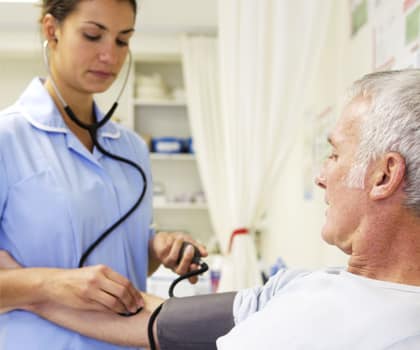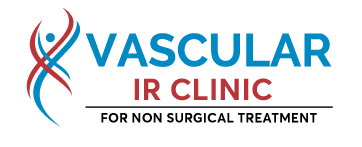Vascular Treatment for Acute Stroke
We, Vascular Interventions, have the Best Neurovascular Surgeons in Hyderabad and, have treated many patients with complete diagnosis and care. Often cited by doctors as a cerebrovascular accident, Stroke is seldom an ‘accident’. Acute stroke is often called a Sudden Stroke as it starts suddenly and sometimes worsens rapidly. It is caused due to the interruption of blood flow in the brain. Stroke may be Ischemic or Hemorrhagic. The effects & conditions following a stroke (or cerebrovascular disease) are prominent for years before a stroke, although the symptoms may appear suddenly.

Transient Ischemic Attacks (TIAs) are prominent warning signs indicating that a stroke may take place soon. Sometimes, There specific signs of an impending stroke. Recognizing these warning signs and taking action, may avert a stroke or scale down its severity and damage caused.
- A numbing or weakening of face, arm or leg muscles
- The trouble with motor skills (i.e. speaking/understanding)
- Untimely & unexplained giddiness
- poor vision (one or both eyes)
- Loss of equilibrium
- Feel difficulty while walking
- Trouble swallowing
- Unexplained Headaches
- Confusion
We, Vascular Interventions have the Best Neurovascular Surgeons in Hyderabad and treated many patients facing Acute Stroke. Our Team has the best Neurology Specialists. Before the treatment, Neurological diagnosis tests like CT Scan, MRI Scan, Blood tests are conducted to determine the cause and plan for treatment accordingly.
Some of the treatments include
Intra-Arterial Thrombolysis
In the process of intra-arterial thrombolysis, the medication working towards clot-busting is delivered directly to the blood clot through catheters or tubes.
Mechanical Embolectomy
The removal of the blood clot with a device is a new treatment option.
Solitaire FR Revascularization Device
A mechanical Thrombectomy device combining the ability to restore blood flow, a Solitaire FR Revascularization Device administers the medical therapy, and retrieve clot in patients suffering from acute ischemic stroke.
Q: What is a stroke?
A: Strokes are of two forms, Ischemic – a blockage in blood vessels running to the brain, and Hemorrhagic – bleeding in & around the brain. In an ischemic stroke, a blood clot blocks a blood vessel or artery in the brain. The majority (80%) of all strokes are Ischemic. Breaking of a blood vessel in the brain and bleeding into the brain is a Hemorrhagic stroke, about 20% of them are Hemorrhagic in nature.
Q: What happens during a stroke?
A: During a stroke, the blood supply is partly shut off to the brain. Brain cells die due to extreme lack of oxygen and nutrients from the blood or sudden bleeding into or around the brain is also considered a stroke.
Q: Symptoms of a stroke?
A: Sudden numbness or weakness, especially partially on one side to the body; confusion or trouble speaking or processing speech; visual impairment in one or both eyes; difficulty in walking, giddiness, or lower equilibrium or coordination physically; or unexplained and untimely headaches.
A handy tip is to remember the symptoms as F.A.S.T
Facial Droop
Arm Weakness
Speech
Time
Q.Why can’t some realize the symptoms of a stroke?
A: Due to injuries to the brain caused by the stroke, one might not able to notice their problems correctly. As an observer, the patient might appear unaware, confused & dazed. The patient’s best chance is for someone to notice the stroke and act accordingly.
Q: What should be done if someone around me is having a stroke?
A: If you notice that someone is having a stroke —like a person losing his /her speaking ability, to move an arm or leg on one side, or experiences facial paralysis on one side — Call an Ambulance immediately. Stroke is and must be treated as an emergency. Immediate care and treatment may support one’s life and increase his or her chances at a successful and speedy recovery.
Q: What are the risk factors for stroke?
A: There are many risk factors for stroke which mostly include Heart problems, High BP (Blood Pressure), Obesity, High Cholesterol, Pregnancy, Drinking, and Smoking, having diabetes, Lack of Physical activities/Exercise, Family history of stroke. These are the things you can do to lower your risk of stroke.
